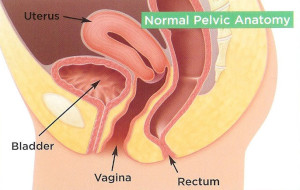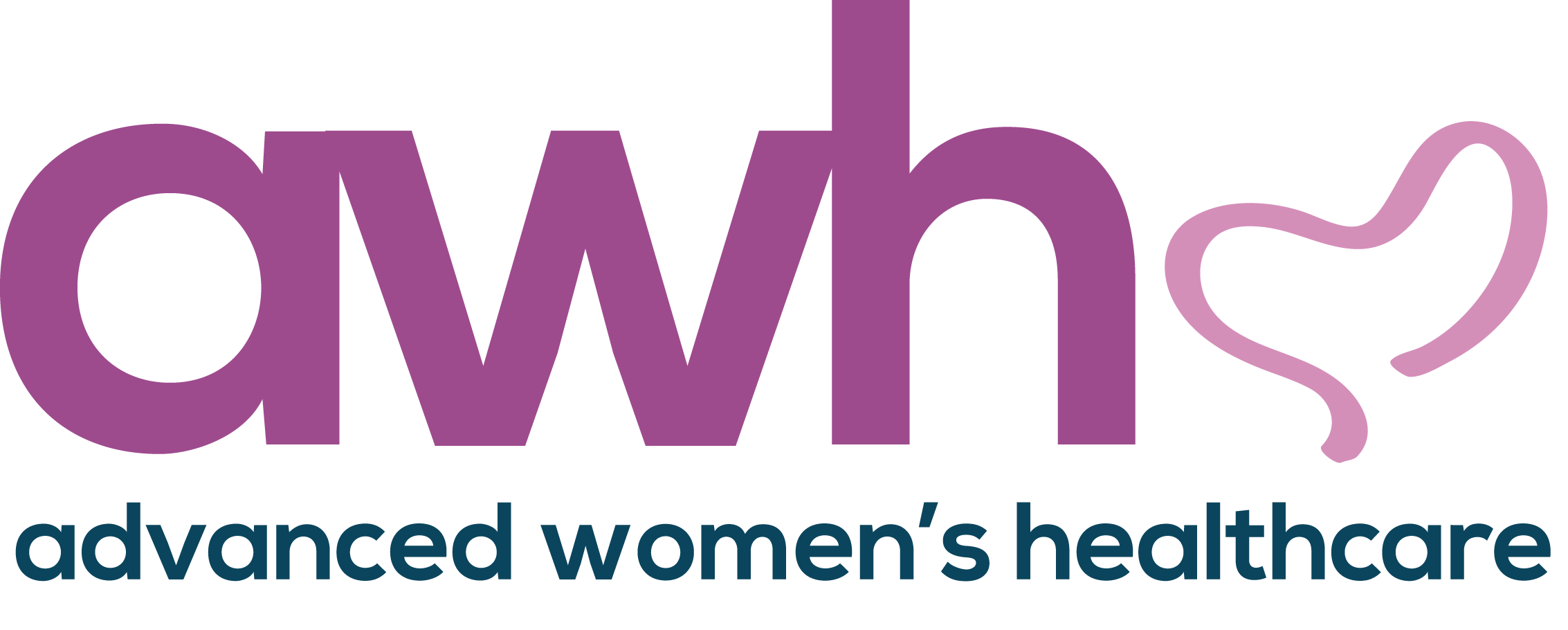 What Is The Pelvic Floor And How Does It Affect Your Health?
What Is The Pelvic Floor And How Does It Affect Your Health?
The muscles of the pelvic floor are located at the bottom of the pelvis. These muscles attach to the pubic bone in the front and the tail bone in the back. The muscles are shaped like a sling and help to support the bladder and other organs of the pelvis. These muscles surround the anus, vagina and urethra and help to control urination, defecation and intercourse. The muscles of the pelvic floor are skeletal muscles and thus under voluntary control.
Pelvic Floor Problems Can Lead To Incontinence, Pain, More
These muscles may become weak, spastic, or tight as a result of trauma from childbirth, disease, age, or disuse. Improving control of these muscles can help stress incontinence, urge incontinence, overactive bladder, painful urination, painful intercourse, and in some women, interstitial cystitis.
Pelvic Floor Rehabilitation (PFR) is a personalized program designed to help those with bladder problems regain control. The program consists of muscle stimulation, pelvic floor muscle exercises, bladder retraining, and dietary changes. Prior to starting this program, your doctor will usually perform urodynamic testing. This procedure consists of gradually filling your bladder and having you perform certain maneuvers throughout the filling. These results will help determine where your problem is occurring and will help to design a personalized therapy program. This therapy may include, PFR, medication or surgery.

What Is A Pelvic Floor Appointment Like?
On your first visit for PFR, pelvic floor muscle measurements will be taken. These measurements determine that the correct muscle is being contracted and when the muscle begins to fatigue. An exercise plan is then developed with specific muscle strengthening instruction to perform between visits. Next those muscles will be stimulated using a vaginal sensor. This stimulus is painless and is used to stimulate those muscles causing timed contractions. The stimulation helps to reeducate the muscles, strengthen them and decreases muscle spasms that are associated with bladder dysfunction. Once strength is regained, the bladder can be trained to hold larger amounts of urine. Dietary changes may also help to reduce bladder dysfunction. There will be follow up visits for a series of PFR and stimulation. These visits usually last about 30 minutes and most require 6-8 visits. You should begin to see improvements in your symptoms in 3-4 visits.
Some of the conditions that may be improved with Pelvic Floor Rehabilitation and Stimulation include:
- Stress Incontinence
- Urge Incontinence
- Urinary Frequency
- Urgency
- Interstitial Cystitis
- Chronic Pelvic Pain
- Overactive Bladder
- Pelvic Floor Relaxation
- Frequent Nighttime Urination
Pelvic Floor Rehabilitation and Stimulation:
- Is not new and has been practiced for many years in the United States and other countries
- Treatment is non-invasive and painless
- Has up to an 80% success rate
- Has no significant side effects
- Works for people of all ages and gender
- Most patients will see improvement in 3-4 weeks


